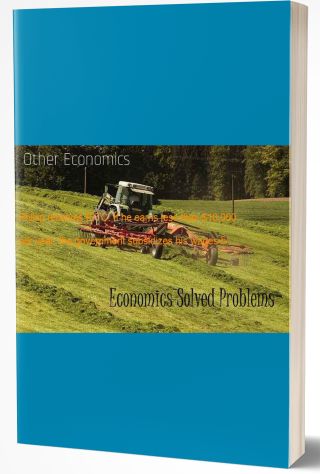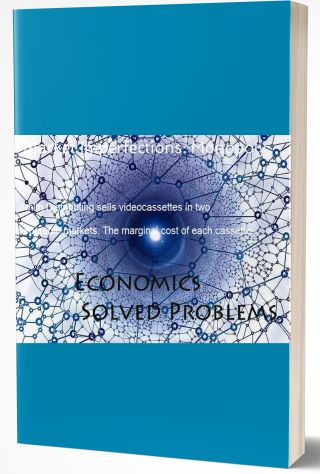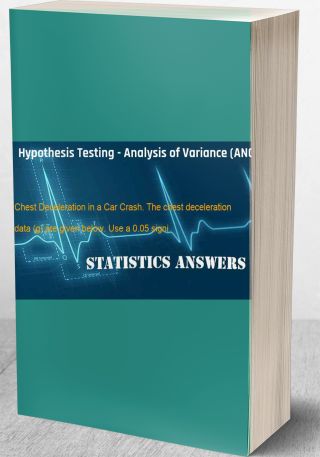Phillip receives EITC. If he earns less than $10,000 per year, the government subsidizes his wages b
Question: Phillip receives EITC. If he earns less than $10,000 per year, the government subsidizes his wages by 0.25 or 25%. If he earns between $10,000 and $12,000 there is no tax. If he earns greater than $12,000 then he is taxed 0.23 or 23%. His market wages are $15 per hour. He has 5,000 hours per year to devote to labor or leisure. His utility function is U(C, L) = C1/2 L.
a. Find the maximum value of the subsidy.
b. Find the range of hours that allow for the full value of the full subsidy.
c. Find how many hours it takes until the subsidy goes to zero.
d. Find Phillip’s utility max combination of leisure and labor.
e. On one graph, clearly label all your answers from parts a-d.
Price: $2.99
Answer: The solution consists of 4 pages
Deliverables: Word Document
Deliverables: Word Document



![[Solution] The production function is Q=2{{K}^{1/2}}{{L}^{1/2}}. The company has spent $10,000 on 4 units of ca #2370 Other Economics](/images/downloads-images/featured/Algebra-question-29314.jpg)



